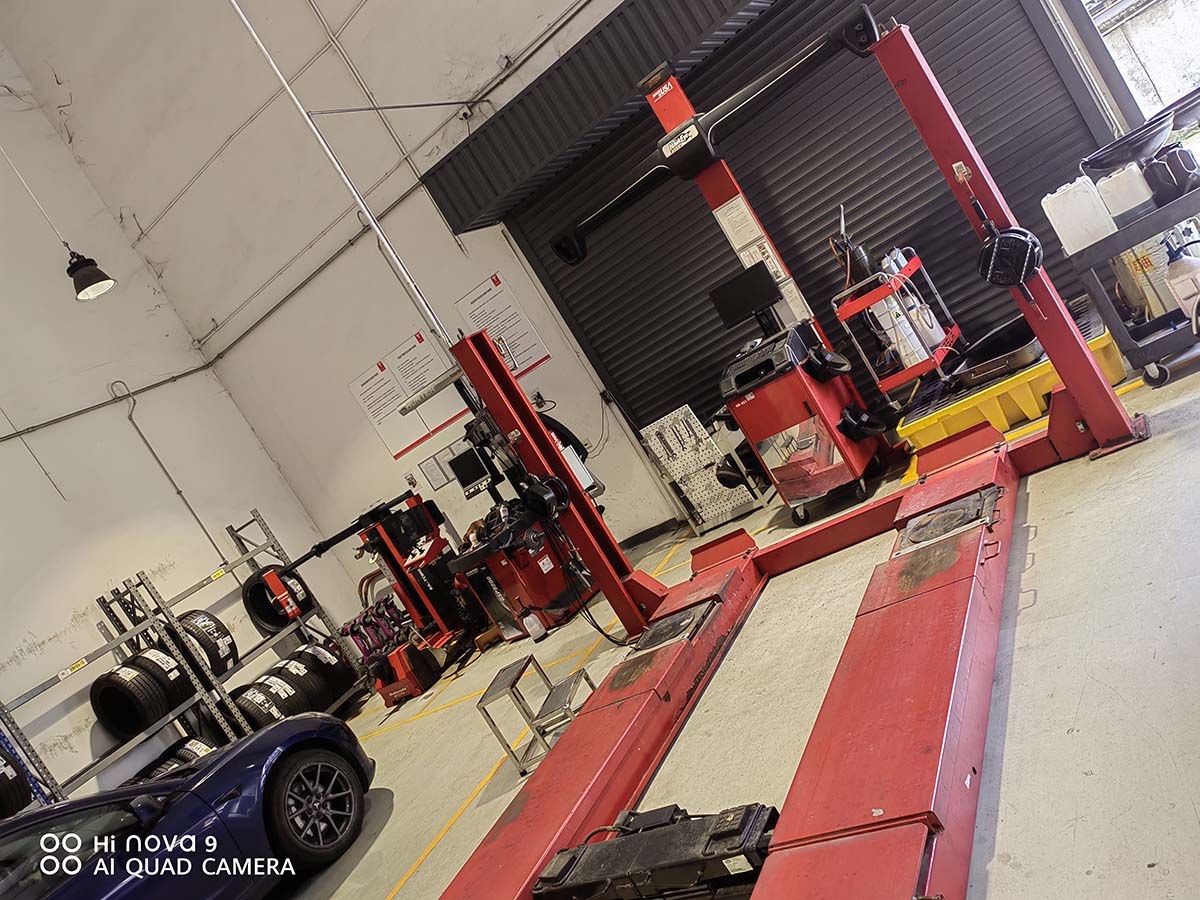How Much Money It To Startup Costs for Launching a Wheel Alignment Business?
How Much Money It To Startup Costs for Launching a Wheel Alignment Business?
Blog Article
Launching a wheel alignment business can be a lucrative venture, especially with the growing demand for automotive maintenance services driven by rising vehicle ownership and stricter safety standards. However, understanding the startup wheel alignment costs and strategic investments is critical for long-term success. Below, we break down key considerations, from equipment selection to profitability strategies.
Startup Expenses
Starting a wheel alignment business requires careful planning and budgeting to ensure success. Understanding the various startup costs involved is essential for establishing a solid foundation. Below is a breakdown of the top nine startup costs associated with launching a wheel alignment business.
1. Market Potential and Product Advantages
The wheel alignment industry is thriving due to increased vehicle usage, aging car fleets, and the rise of electric vehicles (EVs), which require precise alignment for optimal battery efficiency and tire longevity.
Key advantages include:
Recurring Demand: Regular alignment checks are essential for safety and tire preservation.
High Margins: Services typically charge 80–150 per session, with minimal consumable costs.
EV Opportunities: EVs’ weight distribution and advanced suspension systems demand specialized alignment tools, creating niche markets.
2. Essential Equipment and Costs
Your equipment choice directly impacts service quality and startup costs. The three main types of wheel alignment systems are:
A. Manual Systems (3,000–5,000)
Pros: Low cost, suitable for small garages.
Cons: Labor-intensive and less accurate.
B. Semi-Automatic Systems (8,000–15,000)
Pros: Improved accuracy with electronic sensors.
Cons: Limited automation for complex adjustments.
C. Fully Automated 3D/CCD Systems (20,000–50,000+)
Pros: High precision, AI-driven diagnostics, and faster turnaround. Ideal for high-volume shops or EV-focused services.
Brands: Leading suppliers include Hunter Engineering (premium), Bosch, and cost-effective Chinese brands like Shenzhen 3Excel Tech.
Additional Tools:
Jacks and car lifts (2,000–10,000).
Tire inflators and balancers (1,500–5,000).
3. Workshop Layout and Design
A well-designed workspace maximizes efficiency and safety:
Space Requirements: Minimum 1,500–2,000 sq. ft. for two service bays.
Zoning:
Reception Area: Client consultation and payment.
Work Bay: Dedicated alignment lift machine with clear access.
Tool Storage: Organized racks for easy access.
Lighting and Ventilation: Ensure bright, well-ventilated spaces to enhance productivity.
4. Branding and Customer Experience
A professional image builds trust and repeat business:
Signage and Decor: Use bold colors (e.g., automotive blue/black) and clear branding.
Digital Integration: Offer QR code-based service reports or app bookings to appeal to tech-savvy clients.
Waiting Lounge: Provide free Wi-Fi, refreshments, and transparent service tracking screens.

5. Revenue Streams and Profitability
Diversify income sources to boost margins:
Core Services: Charge
80–150 per alignment; upsell packages (e.g., annual maintenance plans).
Add-Ons: Tire sales, suspension repairs, or brake inspections.
Fleet Contracts: Partner with local delivery or taxi companies for bulk discounts.
Breakdown of Initial Investment:
Equipment: 25,000–60,000 (mid-range 3D system + lifts).
Rent/Utilities: 3,000–5,000/month (varies by location).
Licensing/Marketing: 2,000–5,000.
Break-Even Timeline: With 10–15 clients/week, expect profitability within 6–12 months.
6. Future-Proofing Your Business
Adopt Smart Tools: Invest in AI-integrated alignment systems for predictive diagnostics.
EV Training: Certify technicians in EV-specific alignment protocols.
Sustainability: Promote eco-friendly practices (e.g., recycling tires) to attract conscious consumers.
Conclusion
Starting a wheel alignment business requires an initial investment of
50,000–100,000, depending on equipment and location. Prioritize automated systems for scalability, focus on customer experience, and tap into emerging EV markets to stay competitive. By focusing on these strategies for cost reduction, aspiring owners of a wheel alignment business can significantly lower their initial investment and improve the viability of their wheel alignment business financial plan. For further insights into this topic, consider reviewing resources that outline startup expenses for wheel alignment businesses,view more:https://www.uniteautomotive.com/index.php?route=blog/article&article_id=108
For detailed market data or supplier recommendations, explore industry reports from Gelonghui website or Renrendoc.
Report this page